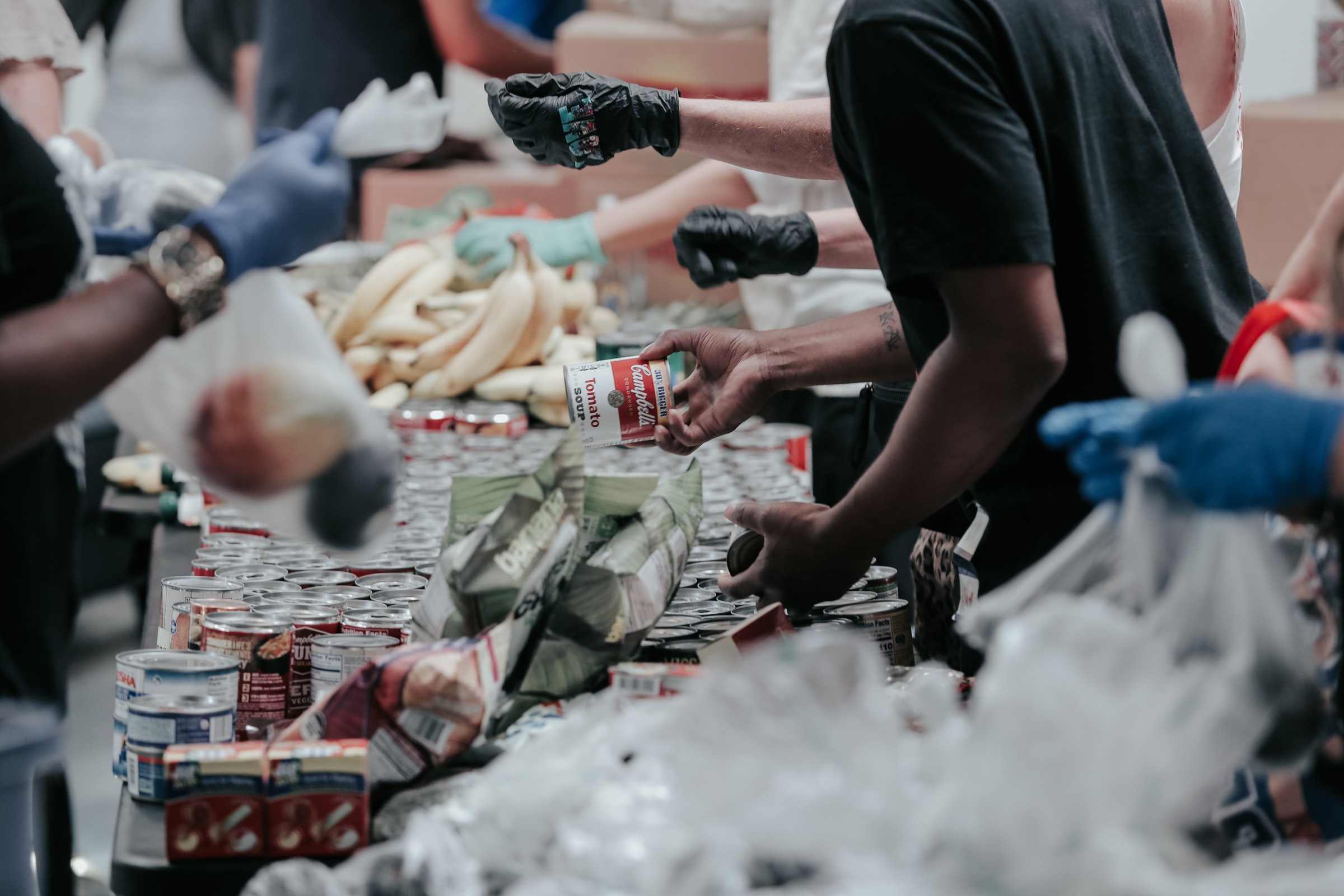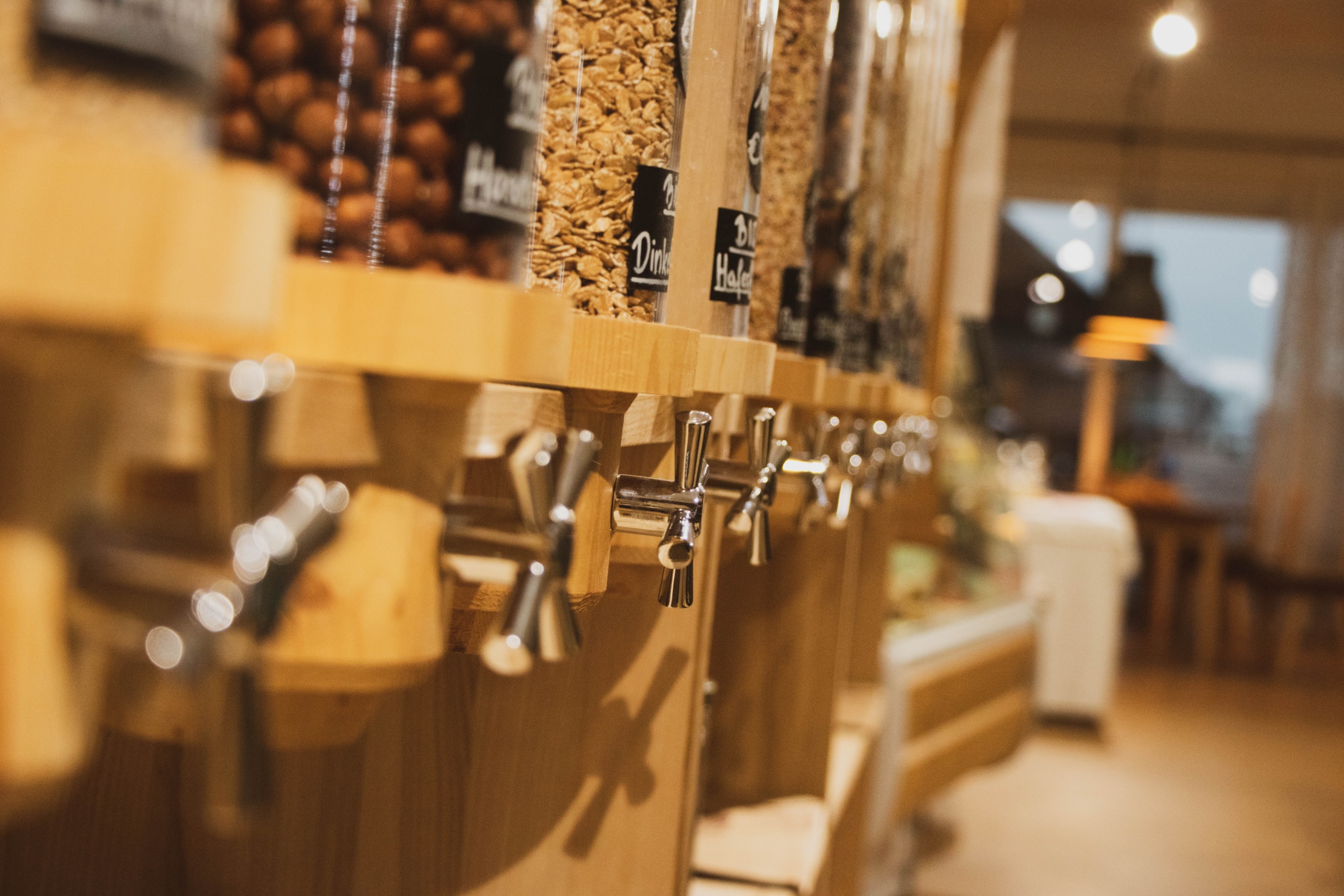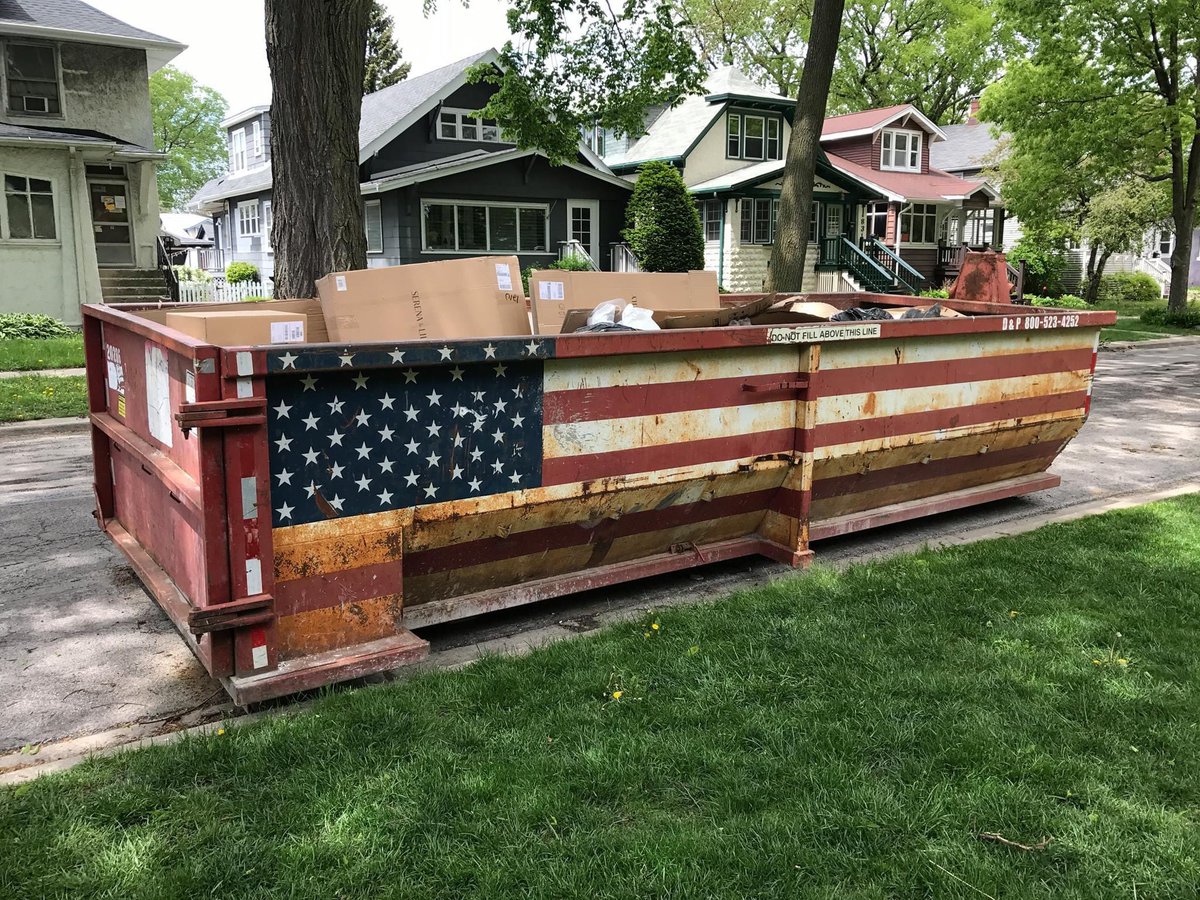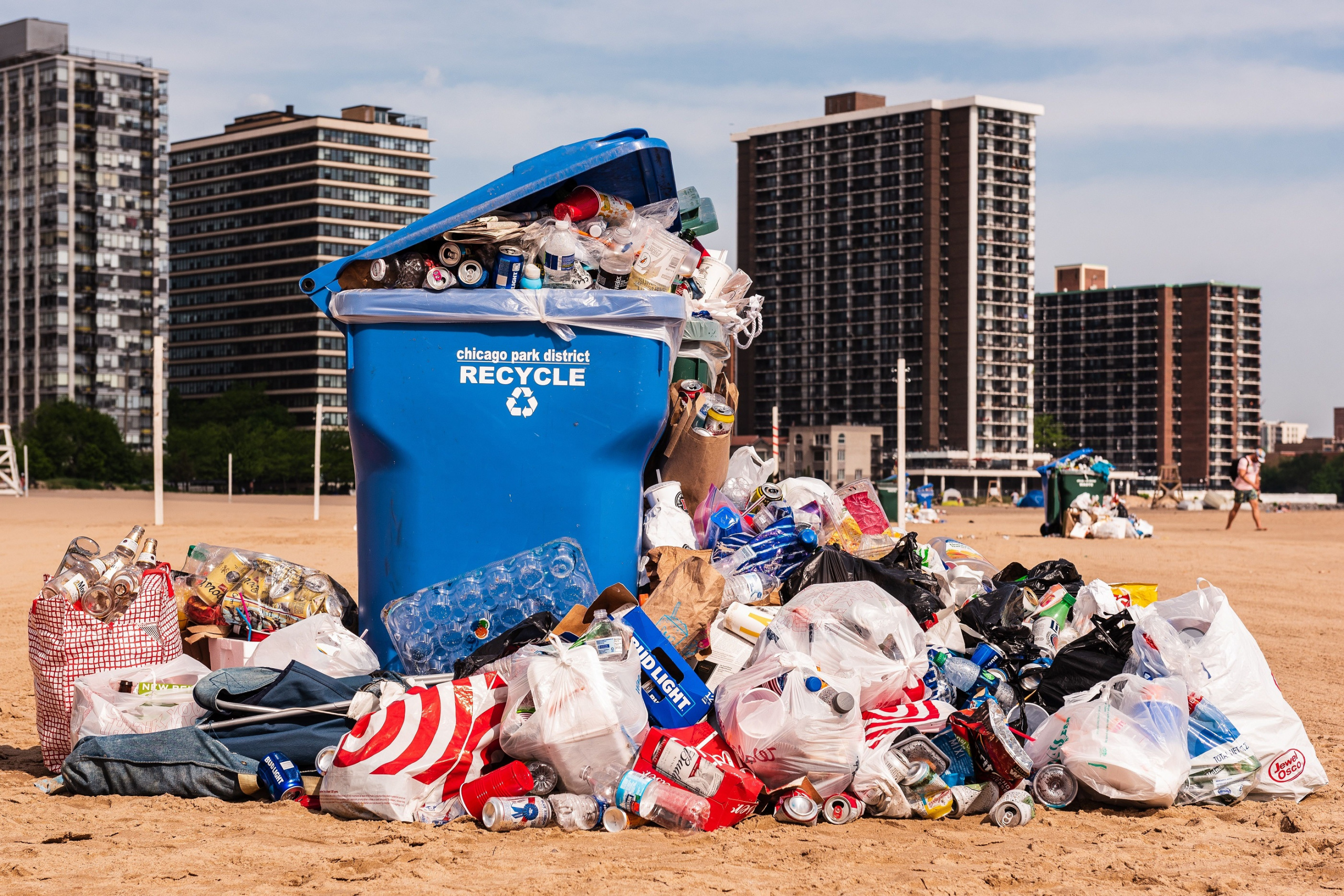Reducing food waste and improving supply chain resilience: What we learned from the pandemic
COVID-19 has led to unprecedented food waste and breakdowns in supply chains, but innovative solutions at the local, state, and federal levels show us a way forward to a post-pandemic world with less waste and more resilient, efficient supply chains.

Lauren Phillips-Jackson is a Frontier Group intern.
Most of us probably never think about the long supply chains that ensure our favorite food products are available at our local store, but everything we buy is part of a complex web of people, resources, transportation and distribution that can span the globe.
When COVID-19 hit, several key aspects of that supply chain were disrupted, and significant amounts of food either couldn’t find a market or didn’t make it to their final destination. The result was a huge increase in the amount of food going to waste. However, innovative policies and grassroots initiatives across the country have sought to prevent this loss of food and redirect surplus in creative new ways — some of which could provide a template for how we can move towards a future with more flexible supply chains and less food waste.
Even before the pandemic, the U.S. wasted a staggering 40 percent of its food supply every year.
This year, however, food waste has skyrocketed even further. As the country shut down, many farmers who would ordinarily sell their produce at farmers markets or directly to schools and restaurants suddenly found themselves with surplus food and no one to buy it. As demand for their products dried up, reports flooded in from around the country of chicken processors smashing 750,000 eggs each week, dairy producers dumping 3.7 million gallons of milk each day, and farmers plowing under millions of pounds of produce or leaving it to rot in the fields — and all of this while more and more Americans have found themselves struggling to put food on the table as a result of a tanking economy and lost jobs.
In April, the federal government announced a $19 billion program designed both to help struggling farmers and to distribute surplus food to families in need. $3 billion of that aid was allocated specifically for the purchase of fresh produce, dairy, and meat to be given to regional and local distributors who would then allocate boxes of food to nonprofits serving food-insecure families. The USDA also temporarily relaxed rules about labeling the country of origin and nutritional facts on food products in grocery stores, allowing unlabeled groceries previously designated for the food service industry to be redirected to retail establishments instead of going to waste.
Cities and states have also embarked on innovative efforts to reduce food waste and re-route broken supply chains. Temporary policies enacted in various parts of the country, such as those put in place by Arizona’s Governor Doug Ducey and Boston’s Mayor Marty Walsh, have allowed restaurants to sell bulk foods and groceries to consumers, giving struggling businesses a path to reopening with new ways to generate revenue and serve customers. This move also provided local producers who were unable to shift their supply chains from the food service industry to grocery stores a way to reach customers and sell their products. Similarly, the federal government has allowed states such as Pennsylvania and Missouri to activate their Disaster Household Distribution Programs to provide food via drive-through or mobile pick-up, ensuring food doesn’t go to waste simply because of barriers to access.
At the local level, people have gotten especially creative. For example, a recent NPR article describes how “freedges,” or community refrigerators, have been popping up around the country. Relying on the honor system, these fridges sit in public places and are stocked with donated fresh food that anyone can come by and take for free. In the past, issues of legal liability and code infractions have made it difficult for these kinds of projects to get off the ground, but under the unusual circumstances of the pandemic, community organizers are reporting that local health departments and inspectors have largely let the “freedges” stand.
Elsewhere, librarians have mobilized to fill in the gaps where the supply chain has broken. Teaming up with farmers’ markets, local farms, the USDA and other food distributors and producers, librarians across the country have been rescuing and redirecting food to those in need, often absorbing surplus originally intended for restaurants and hotels and using it for meal programs or food pantries. Apps such as Feed KC have also become popular as a way for food service establishments with excess food to quickly connect with shelters or food banks in need of extra food, entirely bypassing complex supply chains.
True, these are extraordinary measures for extraordinary times. But there are concrete ways that we can leverage these experimental adaptations into more permanent solutions to the problem of food waste.
For example, Congress could expand Food Donation Tax Benefits to include food sold at a reduced price, cover the cost of transporting donated foods, and create an alternative tax credit for farmers to make the costs of harvesting for donation more economically feasible. Similarly, expansion of liability protection would allow for direct food donations from restaurants, schools, retailers, and licensed food service establishments rather than requiring that they donate to a non-profit first. Such measures would remove barriers to donation that may convince potential donors that it is more cost effective to let food go to waste, thus enabling food banks to receive more food while benefiting donors and reducing waste.
Additionally, there are several adaptations that can be made to increase the ability of public assistance recipients to directly purchase fresh food that might otherwise go to waste. SNAP programs could adapt to include online purchases from a variety of local producers and retailers, and the program could help cover the cost of delivery fees. SNAP Restaurant Meals Programs could also be adopted across the country and expanded to allow participants to purchase groceries from restaurants. These adaptations would not only make it easier for food insecure individuals to access local foods, but would also support local farms and retailers and help to ensure that their supply chains are shorter and more resilient.
Implementing these solutions won’t be without challenges. And even if they are implemented, the nation still faces important obstacles in making sure that the food that we spend so much energy, water, and resources to grow is not wasted. Nevertheless, the ability of all levels of the supply chain to adapt to prevent food waste and hunger in the middle of a pandemic serves as a reminder that the problem can be addressed – that there are policy solutions at our disposal to make our food system more efficient and resilient. The efforts we’ve seen during the pandemic represent some of the creative ways the national, state and local levels can work together to divert food waste and feed those in need while supporting local producers. It’s these kinds of adaptations we should be looking to as a model for how supply chains can become more direct and more flexible in an increasingly uncertain world.
Photo credit: Joel Muniz via Unsplash
Topics
Authors
Lauren Phillips-Jackson
Policy Associate
Find Out More

Products without packaging: How refill stores can help solve the plastics crisis
The recycling symbol doesn’t belong on things that aren’t recyclable

America’s waste system needs an overhaul

